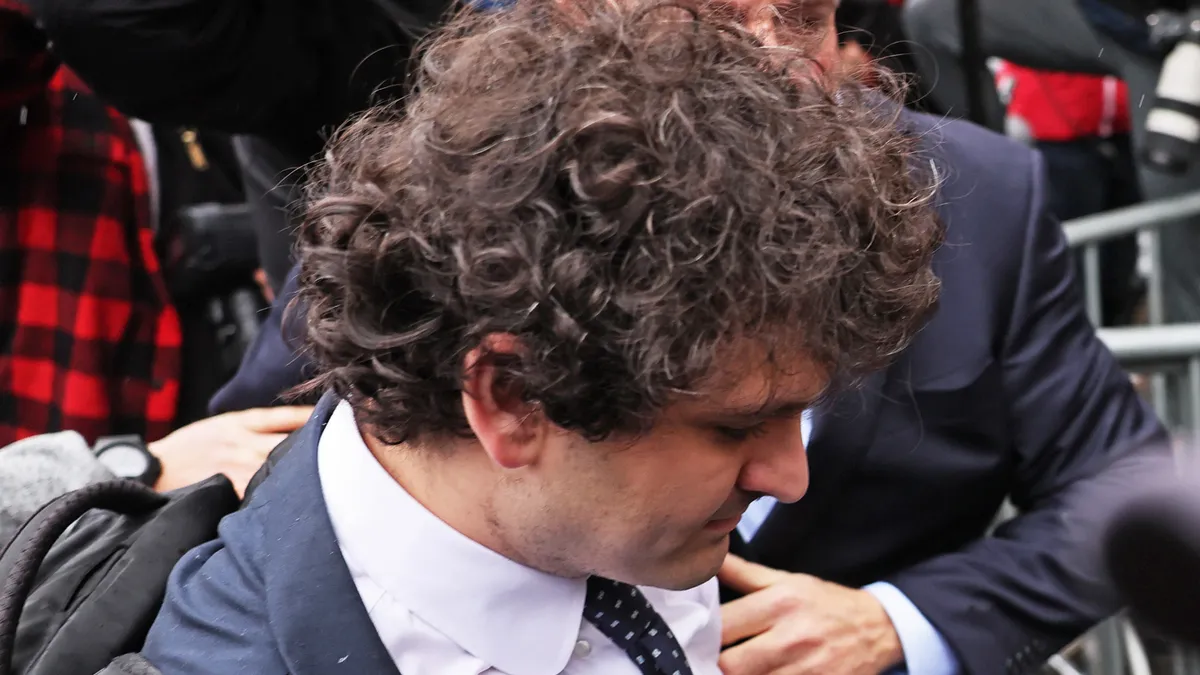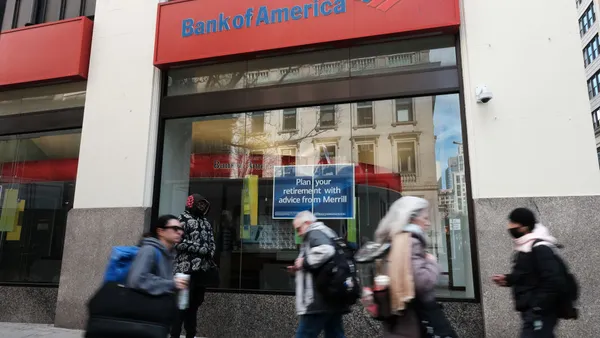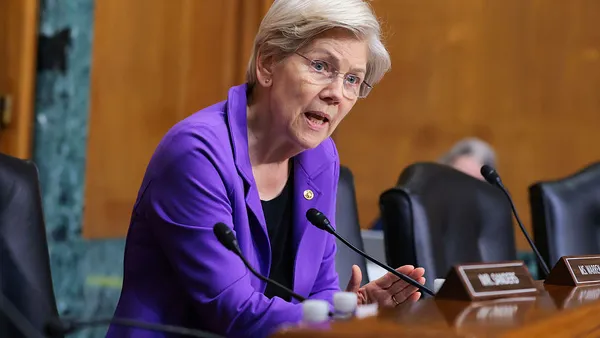In a scathing rebuttal to Sam Bankman-Fried’s assertion that FTX customers, lenders and investors faced no harm and that their money was “never lost,” FTX CEO John Ray III called the former crypto whiz kid “delusional” — and more — in a letter to District Court Judge Lewis Kaplan.
“As the lead professional of a very large team who has spent over a year stewarding the estate from a metaphorical dumpster fire to a debtor-in-possession approaching a confirmed plan of reorganization that will return substantial value to creditors, I can assure the Court that each of these statements is categorically, callously, and demonstrably false,” Ray wrote in a victim impact statement Wednesday night.
In a seven-page letter, Ray laid bare the effort he said he and his team have put in to recovering much of what was lost by creditors in the downfall of Bankman-Fried’s former crypto empire, composed of FTX and its sister companies, in November 2022.
“The value we hope to return to creditors would not exist without the tens of thousands of hours that dedicated professionals have spent digging through the rubble of Mr. Bankman-Fried’s sprawling criminal enterprise to unearth every possible dollar, token or other asset that was spent on luxury homes, private jets, overpriced speculative ventures, and otherwise lost to the four winds,” Ray wrote.
“[T]aking into account the potential for achieving anticipated recovery levels, which is by no means assured, customers still will never be in the same position they would have been had they not crossed paths with Mr. Bankman-Fried and his so-called brand of ‘altruism,’” he wrote.
Ray was referring to effective altruism, a philosophical and social movement focused on determining how best to benefit others. Bankman-Fried was a vocal proponent of this philosophy.
”Effective altruism, at least as lived by Samuel Bankman-Fried, was a lie,” Ray wrote. “The harm was vast. The remorse is non-existent.”
Last month, Ray’s team said in bankruptcy court that FTX plans to repay creditors in full, at the time noting that it was more an objective than a guarantee. But because the FTX estate intends to pay creditors back based on coin values at the time of the bankruptcy, Ray asserts in his letter that they “will never be returned to the same economic position they would have been in today absent [Bankman-Fried’s] colossal fraud.”
Coin prices have skyrocketed in recent months. Bitcoin, for example, was worth roughly $17,000 when FTX filed for bankruptcy. Now, it’s worth more than $66,000.
Ray said there were 105 bitcoins on FTX’s exchange when bankruptcy began, far fewer than the 100,000 bitcoins claimants have said were there.
“A jury has concluded beyond a reasonable doubt that Mr. Bankman-Fried stole them and converted them into other things,” Ray wrote. “For that reason, they are not available to be returned in-kind to his victims.”
The bankruptcy team, Ray said, has had its work cut out for it. Whittling down the pile of filed claims to simply the allowed claims — ones no longer subject to dispute by the debtor or any other party — is no small feat. To do this task, “[o]ne must first start at the total dollar amount of claims filed,” he said.
“That number is 23.6 quintillion dollars. One quintillion is one billion billions. It is the number 1 followed by 18 zeros,” Ray said. “The task of addressing filed claims and reducing them to their proper and ‘allowed’ amount is monumental. Mr. Bankman-Fried assumes this is a breeze. He is wrong — very wrong.”
Ray concluded his letter by asserting that although assets have increased in value and his team has been able to recover funds, that doesn’t mean Chapter 11 was unnecessary, nor does it align with Bankman-Fried’s “reckless and false” claim that loss wasn’t suffered by customers or others.
“[M]ake no mistake[:] customers, non-governmental creditors, governmental creditors, and non-insider stockholders have suffered and continue to suffer,” he said.
Bankman-Fried is scheduled for sentencing March 28.














